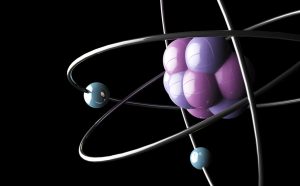Director: Tarek El- Ghazawi
Goals

- Apply high-performance computing to advance frontiers of science in high-energy physics, biological sciences, and civil, mechanical and Aerospace Engineering.
- Use the computational challenges to engender new innovations in HPC Technology.
- Reduce cost.
- Reduce time to Innovation.
Achievements

- Nuclei deformation: Computed how much the neutron deforms when placed in an electric field and magnetic field. Early Universe was thousands of times hotter than the sun, to understand matter today we carried out calculations of nuclear matter under such extreme, as a part of a world-wide experiment. At the nano scale, we discovered important physical phenomena in dynamic fracture mechanics, piezoelectricity, biosensors and thermo mechanical coupling.
- Took a key role in developing a new programming model for parallel applications on many core chips and supercomputers.
- Received substantial funding from NSF, DoE, DoD and DoT.
- Established two supercomputers with 1000+ processors(10 Trillion calculations/second).
Impact on Future Knowledge Creation and Applications

Faster path to Innovations
Molecular Dynamics- Drug Design: Simulation for 2ns:
- 2 weeks on a desktop.
- 6 hours on a supercomputer.
- Gene Sequence Alignment: (Phylogenetic Analysis) From 32 days to 1.5 hours on a supercomputer.
- Accurate car Transportation Safety Simulations: 2 Million Elements Simulation: From 4 days to 25 Minutes.
- Understanding Fundamental Structure of Matter: Requires a billion-billion calculations per second.